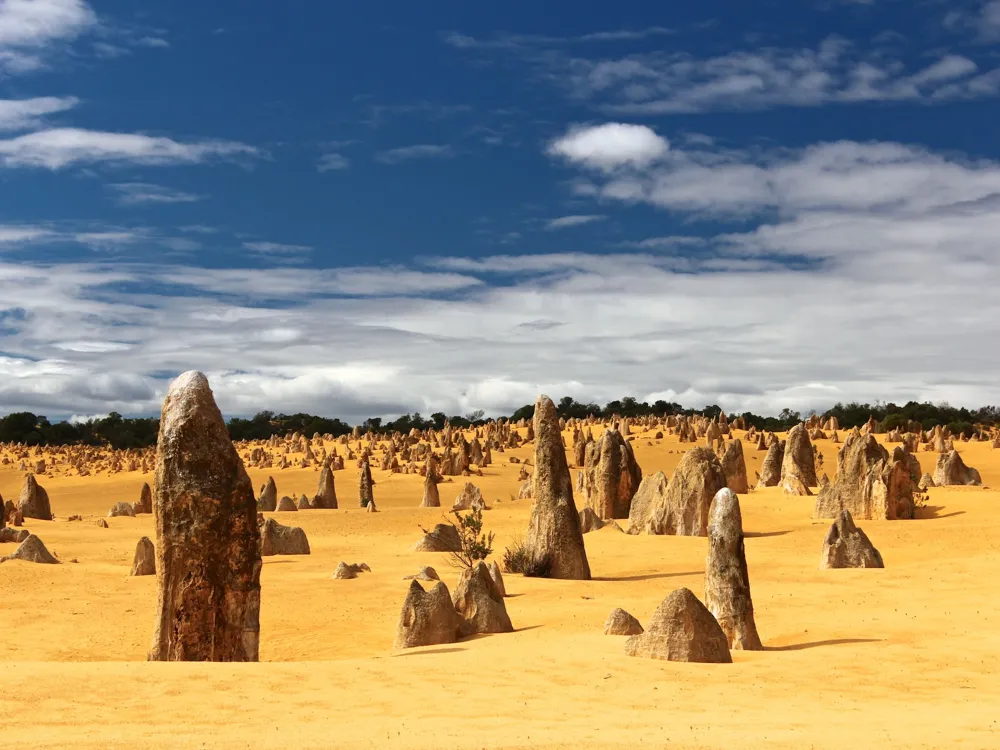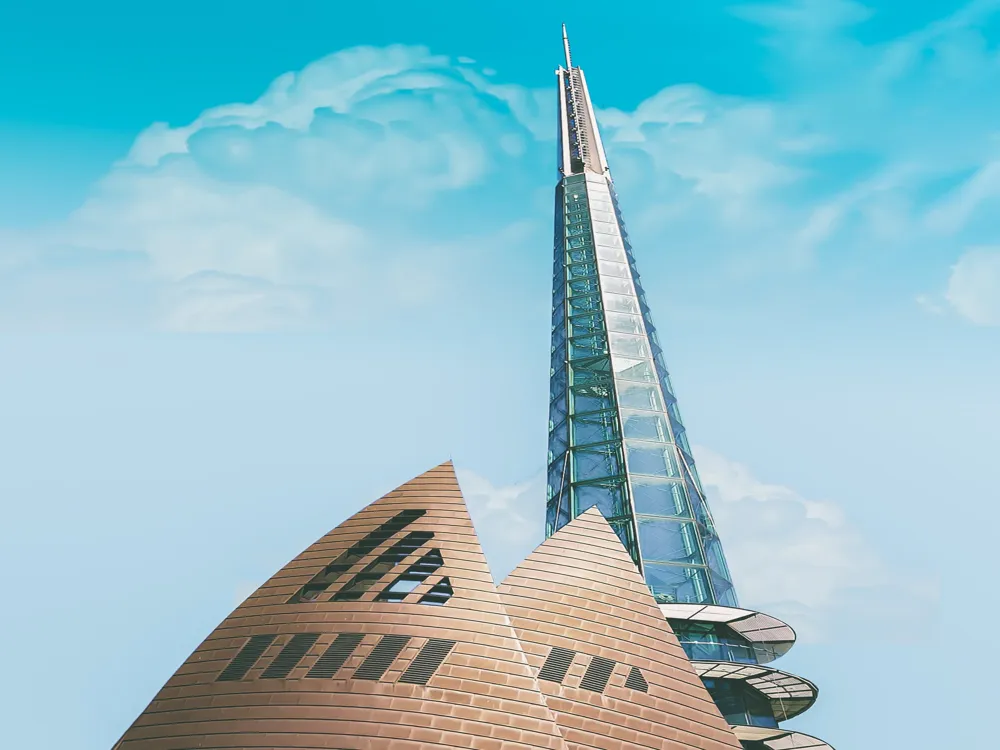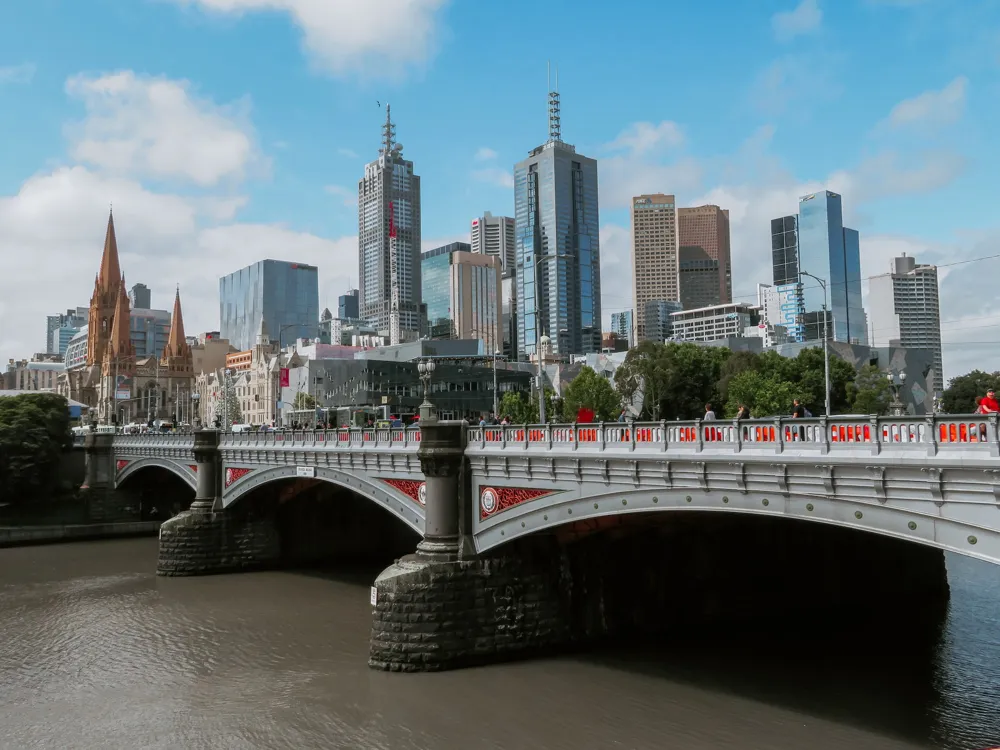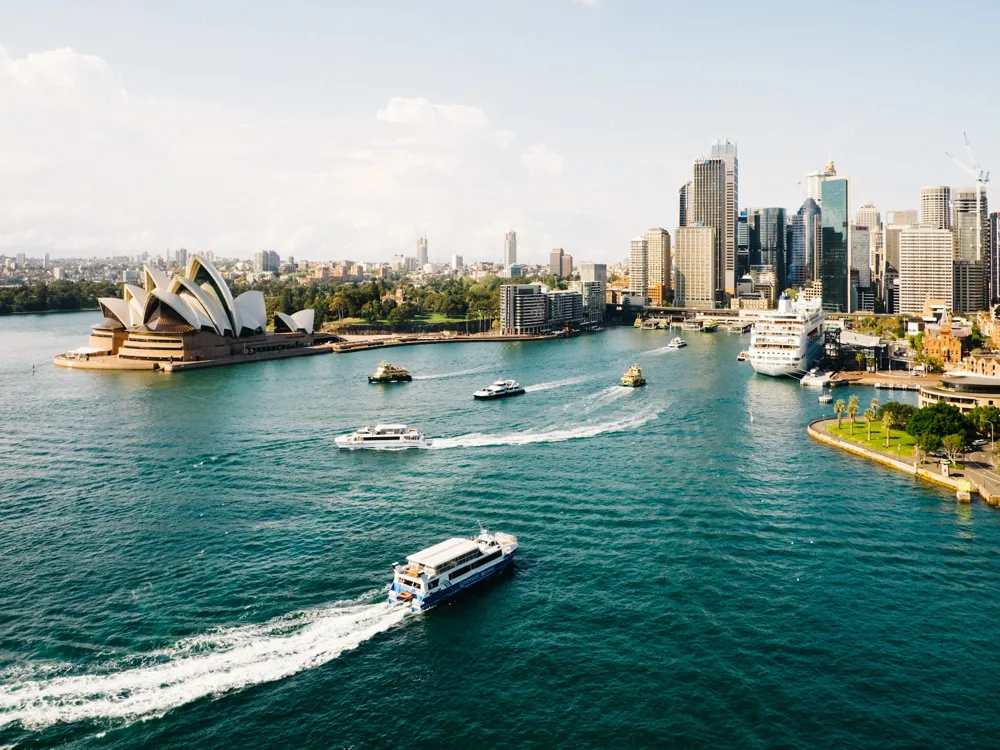Kings Park in Perth, Australia, stands as a remarkable blend of natural beauty and cultural heritage. Encompassing 400 hectares, it's one of the world's largest inner-city parks, even surpassing New York's Central Park. The park is a mosaic of grassed parkland, botanical gardens, and natural bushland, with stunning views of the Swan and Canning Rivers and the Perth city skyline. It's a place of reflection, offering a tranquil retreat from the bustling city, and a hub of vibrant public life. The history of Kings Park dates back millions of years but its significance as a focal point in Perth's cultural and social landscape took shape in the early 19th century. The park is deeply rooted in Indigenous Australian history, with the Whadjuk Noongar people being the traditional custodians of the land. This rich heritage is evident in various aspects of the park, from ancient, sacred sites to the contemporary Indigenous designs integrated into park features. Biodiversity is a key aspect of Kings Park. The park is home to over 300 native plant varieties, a testament to the region's diverse flora. The meticulously curated Western Australian Botanic Garden within the park showcases these species, many of which are rare or endangered. This harmonious blend of nature and careful cultivation illustrates Kings Park's commitment to conservation and environmental stewardship. Visitors are also drawn to Kings Park for its commemorative aspects. The park houses the State War Memorial, a poignant tribute to Australians who have served in wars and conflicts. The memorial, along with other monuments dotted throughout the park, provides a space for reflection and remembrance, adding a profound historical depth to the park's serene environment. Engaging in the park's activities, one can partake in guided walks, visit the educational displays, or attend cultural and environmental events held throughout the year. For those seeking leisure, the park offers picnic areas, playgrounds, and walking tracks, each offering a unique view of Perth's natural and urban landscapes. The architecture of Kings Park reflects a fusion of natural beauty, historical significance, and modern design. One of the park's architectural highlights is the DNA Tower, a distinctive double helix structure that offers panoramic views of the park and its surroundings. This 15m high structure, inspired by a double-stranded DNA molecule, symbolizes the essence of life and is a nod to the park's focus on biological diversity. The Aspects of Kings Park gallery shop is another architectural marvel. It blends modern design with environmental sustainability, offering a space that is both aesthetically pleasing and ecologically responsible. The building's use of natural light, energy-efficient materials, and its integration with the surrounding landscape showcases the park's commitment to sustainable design. The Fraser Avenue Precinct, the park's ceremonial entry point, is lined with a majestic avenue of lemon-scented gums. This area leads to the State War Memorial, an architecturally significant ensemble that includes the Court of Contemplation, Flame of Remembrance, and Pool of Reflection. The memorial's design encapsulates a blend of solemnity and scenic beauty, offering a space for quiet reflection amidst the backdrop of Perth's skyline. The Lotterywest Federation Walkway is another architectural gem, a 620-meter long elevated walkway through the treetops, offering a unique perspective of the park's botanical collection and bird's-eye views of the city and river. The walkway's highlight is the spectacular glass and steel arched bridge, suspended high above the ground, symbolizing innovation and the connection between nature and humanity. Throughout Kings Park, visitors can find various pavilions, sculptures, and fountains that blend seamlessly with the natural environment. These structures, ranging from the modern to the historical, create a diverse architectural landscape that reflects the park's multifaceted character. The ideal time to visit Kings Park is during spring (September to November) when the wildflowers are in full bloom, creating a spectacular display. However, the park is a year-round destination, each season offering its own unique charm. Kings Park offers several parking areas, but they can fill up quickly, especially on weekends and public holidays. Public transport is a convenient option, with various bus routes stopping near the park. Consider joining a free guided walk offered by the Kings Park Volunteer Guides. These walks provide insights into the park's history, flora, and fauna, enhancing your experience. The park is equipped with restrooms, picnic areas, and playgrounds. It is also wheelchair accessible, ensuring that everyone can enjoy the beauty of Kings Park. Remember to respect the park's natural environment. Stick to designated paths, don't pick plants, and dispose of rubbish properly to help preserve the park's beauty. Kings Park is easily accessible from Perth's city center. Visitors can opt for public transportation, with several bus routes, including the convenient and free CAT bus service, stopping near the park. For those driving, the park is a short drive from the city center, with ample parking available, though it can get busy during peak times. Alternatively, for a scenic approach, consider walking or cycling along the Swan River, which offers a picturesque route to the park. Read More:Overview of Kings Park, Perth
Architecture of Kings Park
Tips When Visiting Kings Park
Best Time to Visit
Parking and Transportation
Guided Tours
Facilities and Accessibility
Respect the Environment
How To Reach Kings Park
Kings Park
Perth
NaN onwards
View perth Packages
Weather :
Tags : Garden & Park
Timings : All Day
Time Required : 2.5 - 4 hours
Entry Fee : No Entry Fee
Planning a Trip? Ask Your Question
Perth Travel Packages
View All Packages For Perth
Top Hotel Collections for Perth

Private Pool

Luxury Hotels

5-Star Hotels

Pet Friendly
Top Hotels Near Perth
Other Top Ranking Places In Perth
View All Places To Visit In perth
View perth Packages
Weather :
Tags : Garden & Park
Timings : All Day
Time Required : 2.5 - 4 hours
Entry Fee : No Entry Fee
Planning a Trip? Ask Your Question
Perth Travel Packages
View All Packages For Perth
Top Hotel Collections for Perth

Private Pool

Luxury Hotels

5-Star Hotels

Pet Friendly






















